Canon XSi: 12.2 Megapixels, Image Stabilized Lens, and Double Live View
by Wesley Fink on May 5, 2008 3:00 AM EST- Posted in
- Digital Camera
Canon XSi vs. Nikon D60
Looking at street prices the Nikon D80 is the current Nikon price competitor to the XSi. However, the D80 replacement to be introduced later this year will likely be priced a bit higher than the XSi. The Nikon D60 is therefore the closest competitor from Nikon to the Canon XSi.
The Nikon D60 was also introduced at the same time, and is sold with an IS lens like the XSi. Both the XSi and D60 both now use SD and SDHC memory cards for storing images. Pricing of the D60 is $100 to $200 dollars less than the XSi as either body or as a kit, but feature-wise the XSi is a lot more camera than the D60. Since the Canon XTi remains in the Canon line it is another competitor to the D60, but the XTi currently sells for about $100 to $200 less than the D60 (but with a regular 18-55mm and not the IS version).
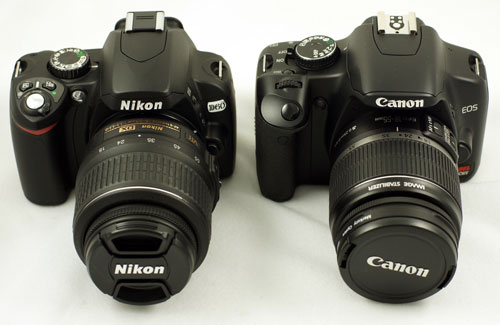
Both the D60 and the XSi are small DSLR cameras, but with the small size boost in the XSi the D60 is now quite a bit smaller than the XSi. This will matter to some and not to others, but if the XSi is too small for larger hands the addition of the BG-E4 battery grip does wonders to improve handling. Unfortunately this is not an option with the D60, as it is now just about the only entry DSLR without a battery grip option.
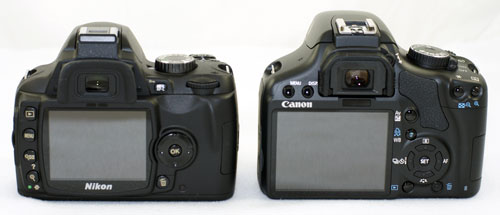
Looking at the rear comparison the 2.5" LCD of the new D60 looks tiny compared to the XSi LCD. The Sony and Pentax entry models fall between these two at 2.7" and the Olympus E-510/E-420 are the same size as the Nikon.

The smaller size of the D60 is even more apparent from the side view. The D60 is definitely a simpler camera than the XSi, which for some will mean it is easier to use. However, the feature set for the XSi is more like a prosumer model than entry and the D80 is a more comparable camera in features. The D80 replacement will likely be a better camera to compare to the XSi as already mentioned.
Through ISO 400 both the D60 and the XSi both exhibited very low image noise. It was a bit surprising, however, to see the Nikon D60 start to show more noise than the XSi at ISO 800. By 1600 the D60 is much noisier than the XSi in our crop comparisons. The Nikon D60 goes on to ISO 3200, but ISO 3200 is probably limited to small snapshot prints as noise is just too great at that ISO speed.
Remember the XSi is 12.2MP and the D60 is 10MP. We should be seeing more high ISO noise with the larger sensor, but in fact the 10MP D60 is showing higher noise than the Canon sensor. In comparing crops under these shooting conditions the XSi is clearly the more capable camera at higher ISO settings.
The last chart compared three Canon cameras all set to Tungsten under low-light tungsten shooting conditions. The red color shift was not very obvious in that comparison. Here you can see the Nikon Tungsten setting generates much more accurate colors and the Canon Tungsten setting is frankly out of the ballpark. This is not a comparison of auto white balance, but of cameras manually set to Tungsten. Clearly if you plan to shoot Tungsten with a Canon camera you need to use custom white balance as the current Tungsten setting is way off the mark on all three Canon cameras - including the prosumer 40D.


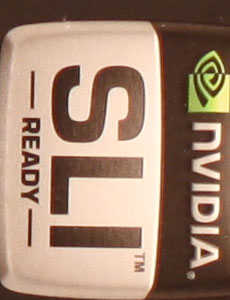
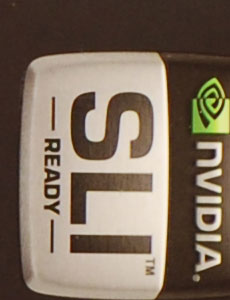
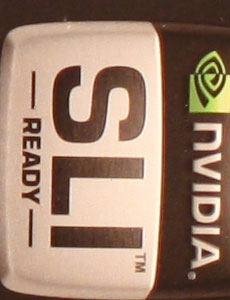
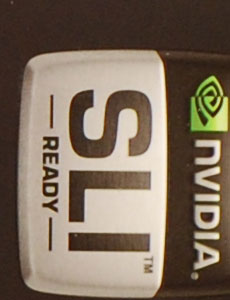
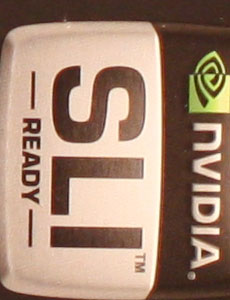
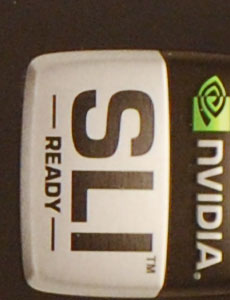
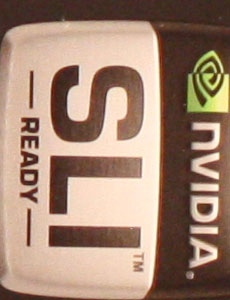
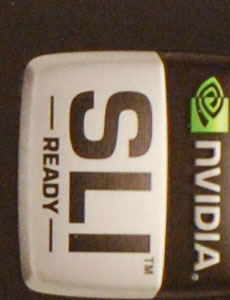

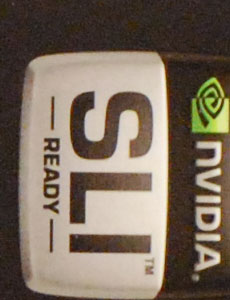
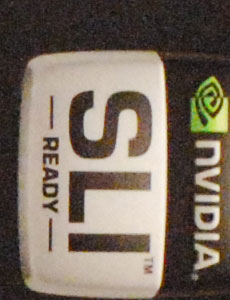








56 Comments
View All Comments
meanjean - Wednesday, September 3, 2008 - link
Anyone had trouble with memory cards not recording pictures because of being dislodged from contact points for some reason?thepieces - Saturday, May 10, 2008 - link
Cool review, but the samples are horrible. A little more effort than images from your back yard please :) Half of which are out of focusMidwayman - Friday, May 9, 2008 - link
"Early testing shows the new 18-55mm IS to be a superb lens with performance comparable to top-line Canon lenses."So you're saying the kit lens is up to L quality. Right.
Also that Nvidia test target you are using is really a pretty poor choice. Almost no fine detail. Noise is only have the story when comparing high iso. You also need to look at detail retention. The only thing that could possibly qualify is the TM. Alot of camera that appear to have low noise do it through destroying detail.
I know a couple other folks have mentioned the lighting. You're doing all this in a low light setting. What about outdoors? People take an awful lot of pictures outside. I know you complain about "studio lighting" but since you can't control outside conditions, at least you can bring the light level up to a reasonable level. For under a $100 you can pick up some work lights at home depot and a couple yards of white muslin to make a large softbox. Test shots are test shots and I'd rather see them at more normal exposures. (and then you can stop down to f8 to get max resolution)
m61376 - Friday, May 9, 2008 - link
I have been trying to decide between the D60 and the XSi for several days, reading everything I could find. The two stores I went to were very Nikon biased. This is one of the best comparative articles for a newbie to digital SLR, upgrading from a point and shoot.I appreciate the XSi comparison to the D60 rather than the D80. I think there are many people like me who are reticent to upgrade to the SLR's because of their size and the larger size and weight of the D80 and the like just take it out of consideration.
iamatrix - Friday, May 9, 2008 - link
Looking at samples from the D60 and Rebel, the D60 images at high ISO look better - better contrast, color rendition, and noise handeling. Canon suffers from high ISO chroma noise, which has been noted by dpreview time and time again, Nikon on the other hand has higher luminance noise. Chroma noise is much harder to deal with in the post processing stage and leaves a blotchy 'digital' look to high ISO images whereas the Nikon grain is more film like and easier to deal with using noise reduction software.Deadtrees - Thursday, May 8, 2008 - link
Though many reviewers and users have been complaining about Canon's yellowish WB under tungsten light, it is, in fact, Canon's policy to keep it that way.It's true that there're times when I want the pictures to look yellowish as it captures the mood of the scene such as in Cafe and restaurant. But at the same time, there're times when I want the pictures to look not yellowish at all.
Having said that, I understand where they're coming from and why they decide to keep it that way. However, it'd be much better if Canon, at least, gives two options in that situation: #1 for true to the eye, yellowish WB. #2 for absolute WB.
Sure, I get around with this 'problem' by having 3 slightly different tungten lighted gray card pictures in the memory card and using them accordingly. It pretty much solves the 'problem' but having that option built-in would be just better and eaiser.
I tried to find the link of the interview talking about this issue but failed. It was an interview done by a Japanese camera magazine with the president of Canon camera. If anyone has the link, providing would be more than greatful.
mikett - Wednesday, May 7, 2008 - link
I meant the shutterbox as the external construction is obvious.Wesley Fink - Wednesday, May 7, 2008 - link
Canon rates the 40D shutter for 100,000 actuations. We can not find a published spec for the XSi (450D) shutter, but it is presumably less than 100,000. The XSi shutter is more likely designed for 50,000 acttuations.punchkin - Wednesday, May 7, 2008 - link
You're talking out of your a**. There's no reason for such a claim.Wesley Fink - Thursday, May 8, 2008 - link
Actually there is a reason. As stated we could not find a spec for the rated shutter life of the XSi, but the 40D does have a specified rated life of 100,000. However a few other entry SLRs have a rated shutter life of 50,000 actuations, and we would expect the XSi to be competitive. That is an assumption and not a hard fact.The rated life for the Olympus E-3 is 150,000 shutter actuations and is specified, but many DSLRs do not specify a rated shutter life.